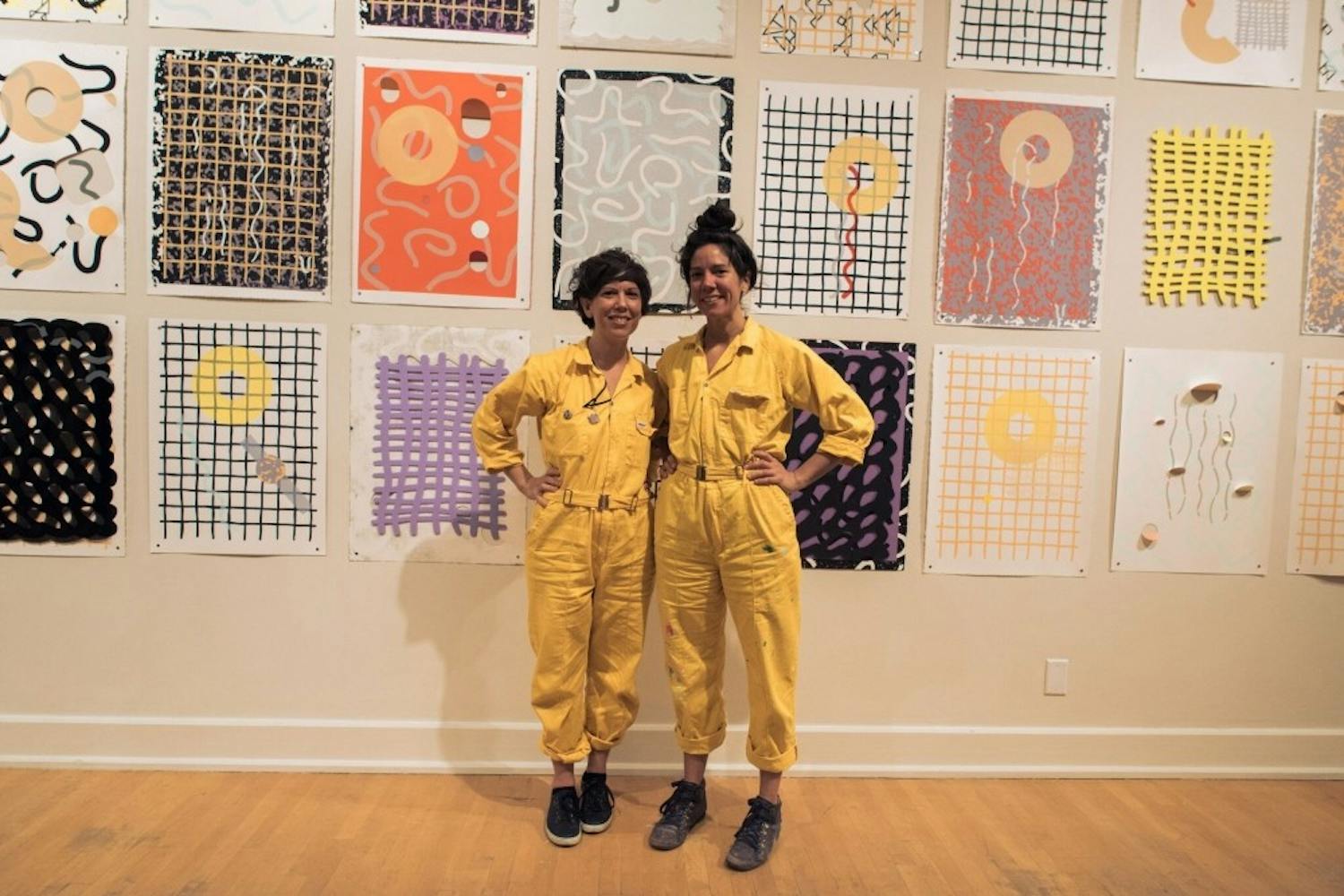Spanning over the River Liffey in Dublin, Ireland, the Millennium Bridge is blanketed in an eye-catching blue carpet.
Despite the bridge’s covering, sounds of leaves crunching and water splashing resonate from the ground as pedestrians make their way across.
The motion-activated sound sensors and carpet are courtesy of Greyworld, a collaborative group of London-based artists specializing in transforming public spaces into areas of self-expression.
“Art is fun,” said Greyworld founder Andrew Shoben. “It can be anything; it can be a piece of sound in a public place.”
Shoben, who founded Greyworld in Paris in 1993, spoke Wednesday at the Burton Barr Central Library in downtown Phoenix as a part of the Future Arts Research program at ASU.
Shoben discussed numerous Greyworld projects, including the bridge in Dublin titled “Bridge.”
“We feel at Greyworld that if you need a clever title, there is usually something missing in your art,” Shoben said.
Greyworld aims to give ordinary space a twist, Shoben said, and is created for places where people go hundreds of times a day, yet never take the opportunity to stop and look around.
One of Greyworld’s more famous sculptures is “The Source,” which serves as the centerpiece of the London Stock Exchange. The eight-story-high installation debuted at the opening of the stock exchange in June 2004 and was presented by Queen Elizabeth II.
Shoben said the day of the opening was “one of the scariest of my life.”
“The Source” is compromised of 162 cables and more than 1,400 balls that move up and down the cables, creating different words and shapes.
“The sculpture reflects the market because the market is always falling and rising,” Shoben said.
Art education junior Ana Ciurdar found Shoben’s lecture informative and said the best thing about Greyworld’s artwork is, most of it is interactive.
“It is very different and very interesting,” Ciurdar said. “It’s not like anything in the U.S.”
Shoben said most public art in the U.S. has a private owner, and public art is much different in the UK.
“There is a national feeling that art can be un-owned,” he said. “Ninety-nine percent of our work allows for some form of expression so it can hold up to what it means to be public.”
Reach the reporter at clark.131@hotmail.com.



